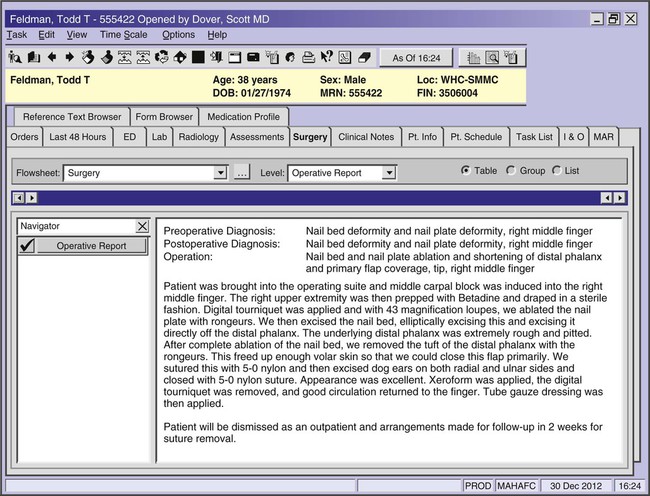If you’ve ever wondered what is the term for paper thin wasted skin, you’ve come to the right place. This article will explain what this condition is and whether or not it’s a sign of a more serious problem. We also cover Fissures and Erosion. Let’s take a look at each one in turn to see which one is the right term for you. This secondary skin lesion is often caused by rapid weight gain or loss.
Fissures
A paper-thin tissue called anal fissure is an irregular tear in the anus. It is generally associated with severe pain and bleeding during bowel movements. The condition is common among children, affecting eight out of every ten babies. The age range is equal for both men and women. Anal fissures occur in 85-90% of cases, and ten to fifteen percent occur in the anal region, with a very small percentage affecting the front and back areas. The symptoms of anal fissures should raise suspicion for a disease other than hemorrhoids.
The most common symptom of an anal fissure is a bright red, painful discharge. Usually, the bleeding stops within a week. In rare cases, the patient may need to maintain continence while passing stools. A chronic anal fissure can lead to extensive scar tissue. If left untreated, it can lead to cancer of the anus. Therefore, the most common treatment for an anal fissure is to consult your physician.
Erosion
In geology, erosion is a process by which earthen materials break down or get worn away by natural forces, such as wind and water. The process is the opposite of deposition, in which rocks are formed and then deposited. Erosion occurs as the result of two primary factors: water and wind. Water breaks down rock by changing its chemical composition. Limestone, for example, dissolves in water when it undergoes carbonation, while wind causes it to break apart. Liquid water also erodes soil and rocks. Plant growth breaks up earthen materials when it takes root and creates cracks in rocks.
Wind and water cause erosion in both the ocean and land. Wind can carry soil a long way. In California, it has formed the most productive agricultural area in the world. Wind-blown eroded soil is called loess. The Yellow River in central China gets its name from the yellow loess suspended in its waters. Erosion is a serious problem for farmers and landowners, so it’s important to protect our soil.

